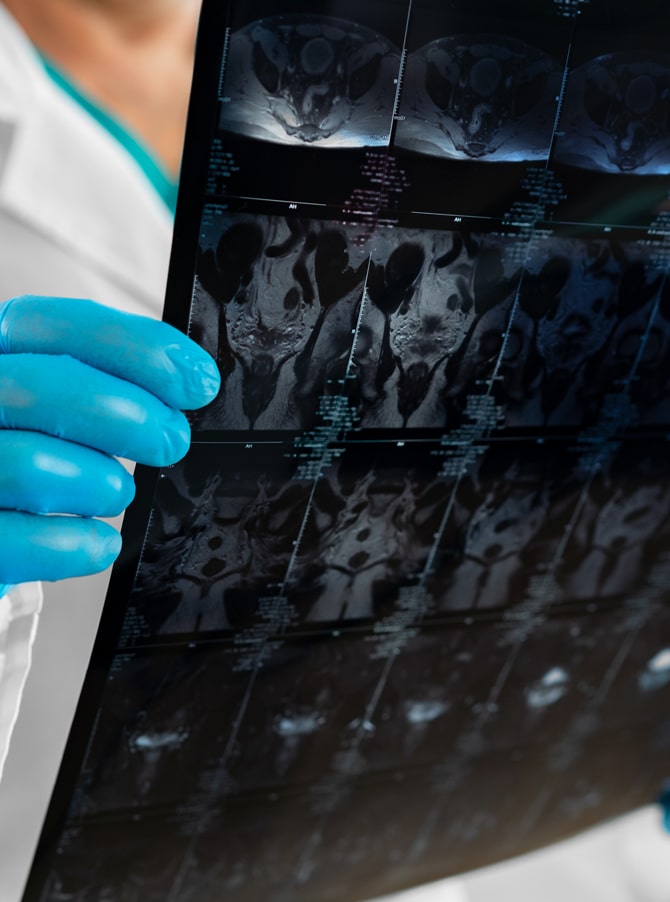Stem cell therapy for neuropathy is still a relatively new branch of medicine. More research is needed to understand how effective stem cell therapy is for neurological conditions.
Existing research has demonstrated the potential of stem cell therapy in a range of neurological disorders. For example:
- Animal studies have shown how stem cells might be able to treat diseases of the brain like Alzheimer’s disease. However these results are yet to be replicated in person1.
- A review of the use of stem cell therapy in Parkinson’s disease treatment found that therapy with umbilical cord-derived mesenchymal stem cells led to statistically significant reductions in the severity of motor and nonmotor complaints2.
While results as such show promising potential for the use of stem cell therapy in nerve conditions, larger and more long-term studies are needed before we can evaluate the true effectiveness and generalizability of stem cell therapy for neurological conditions.




